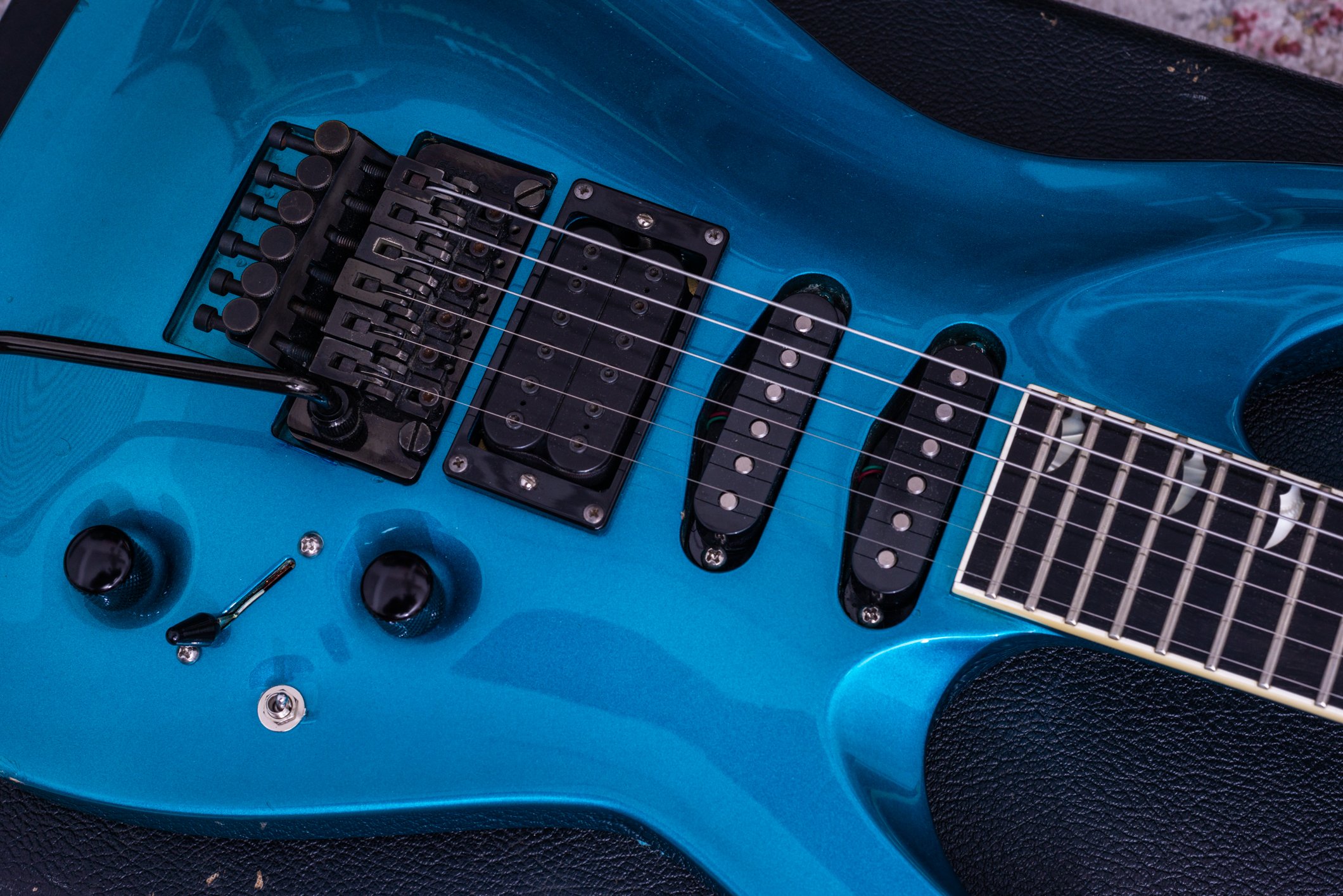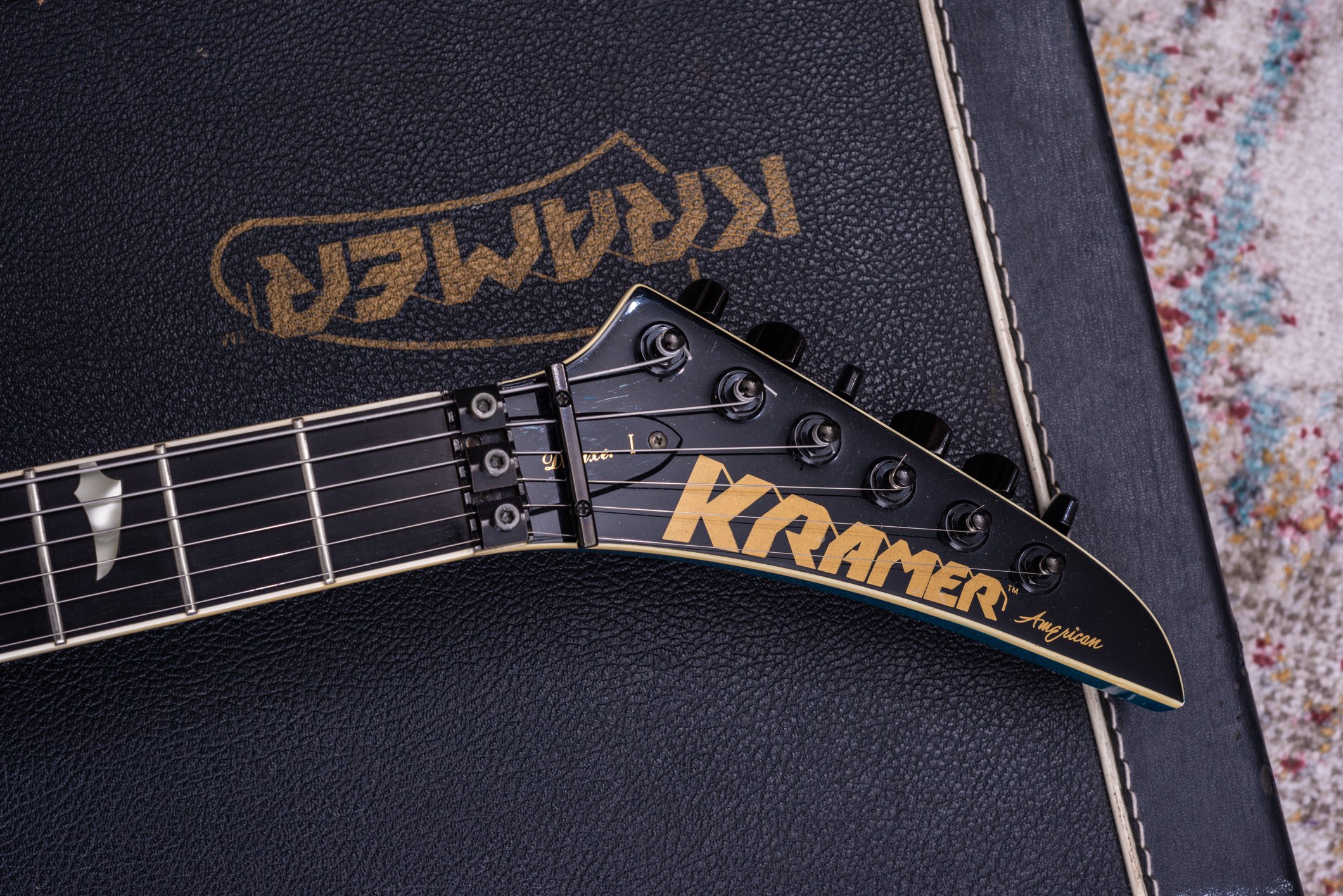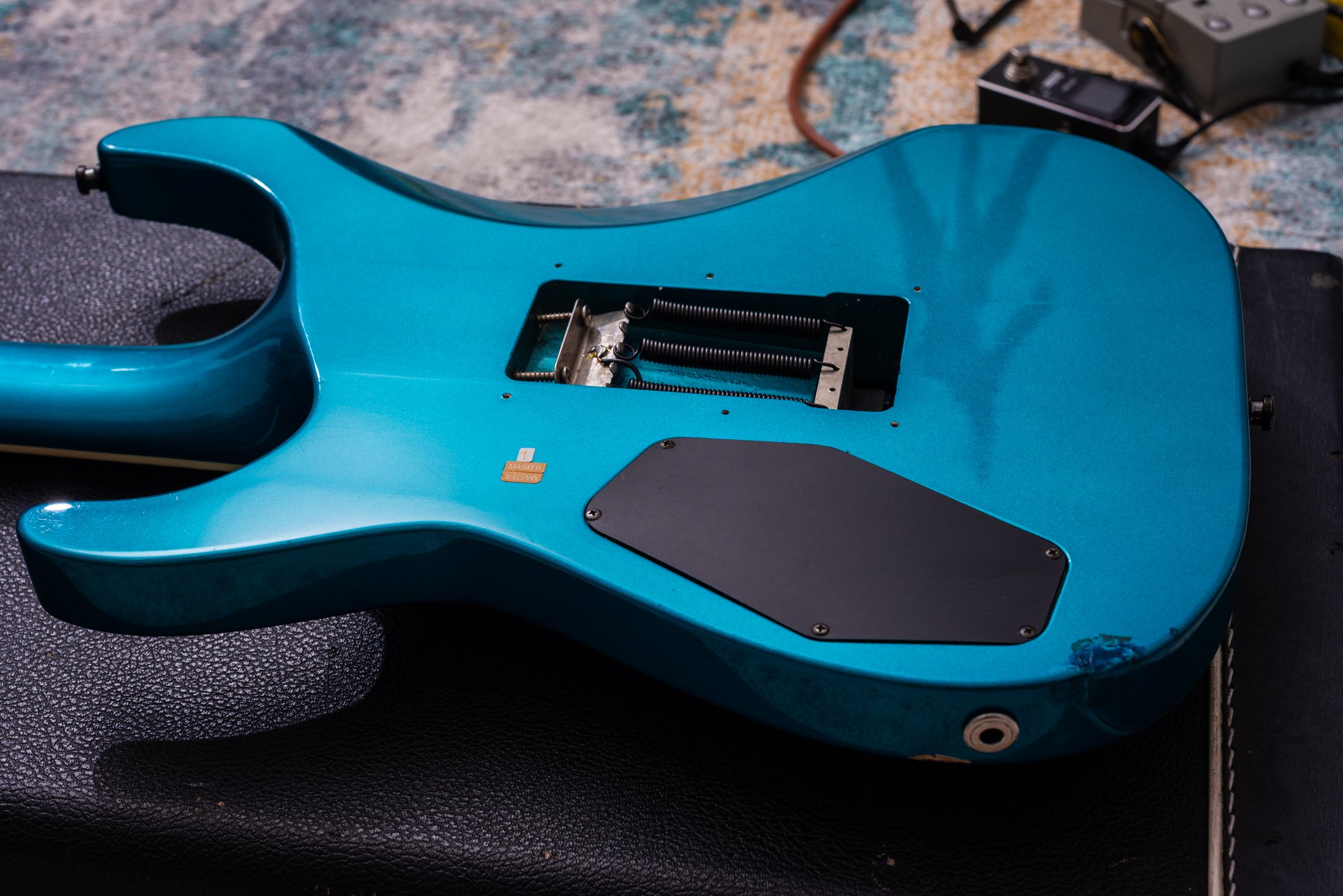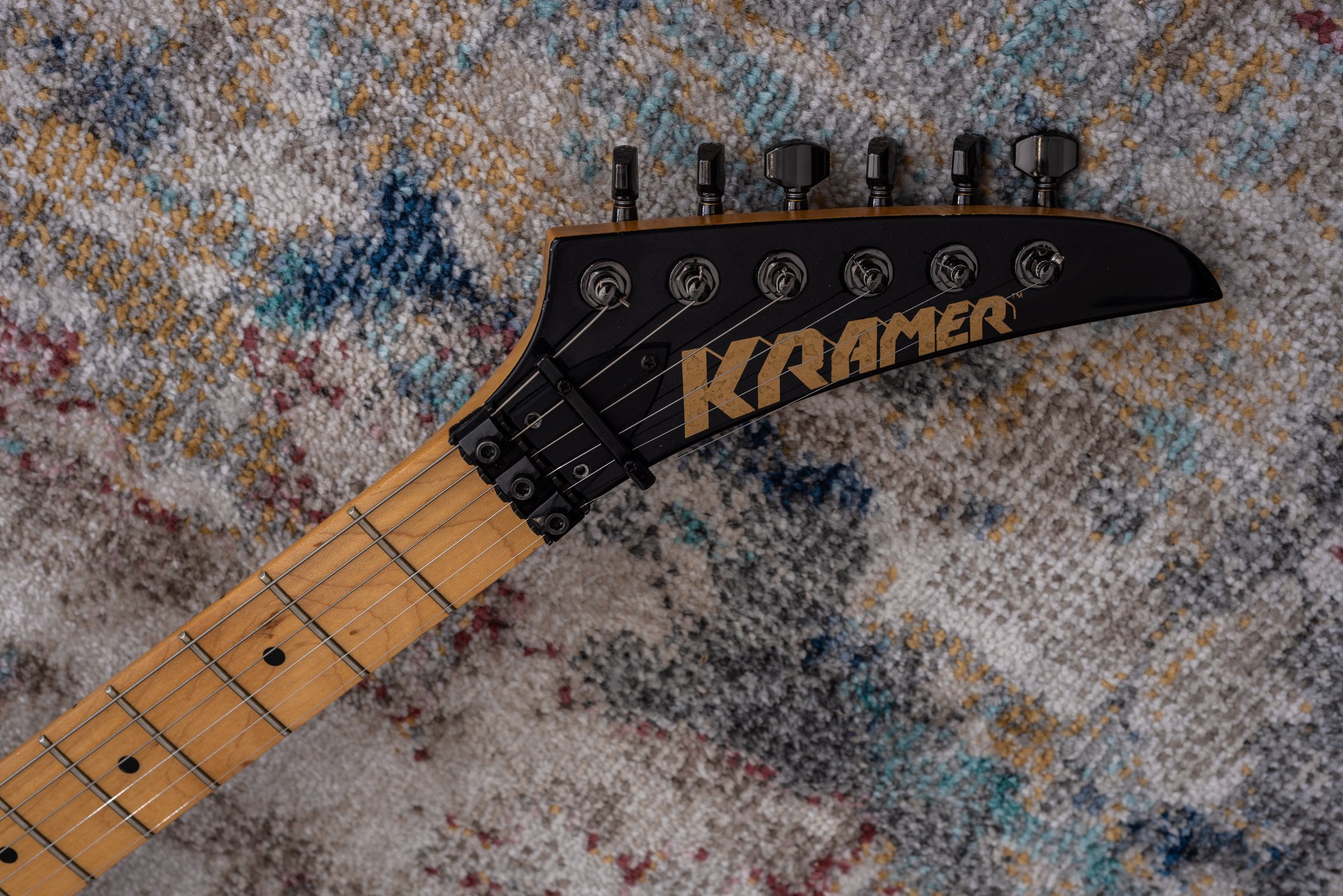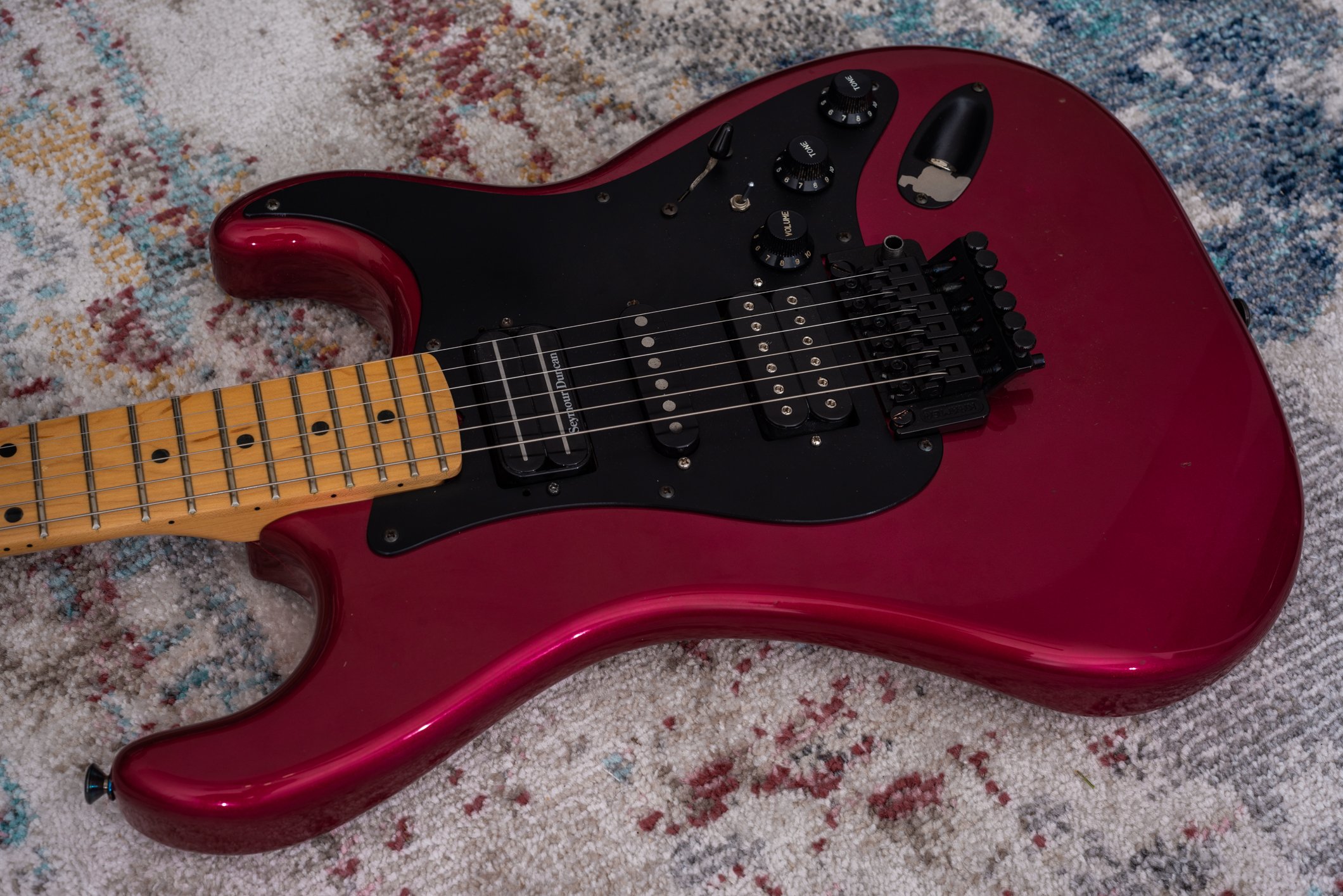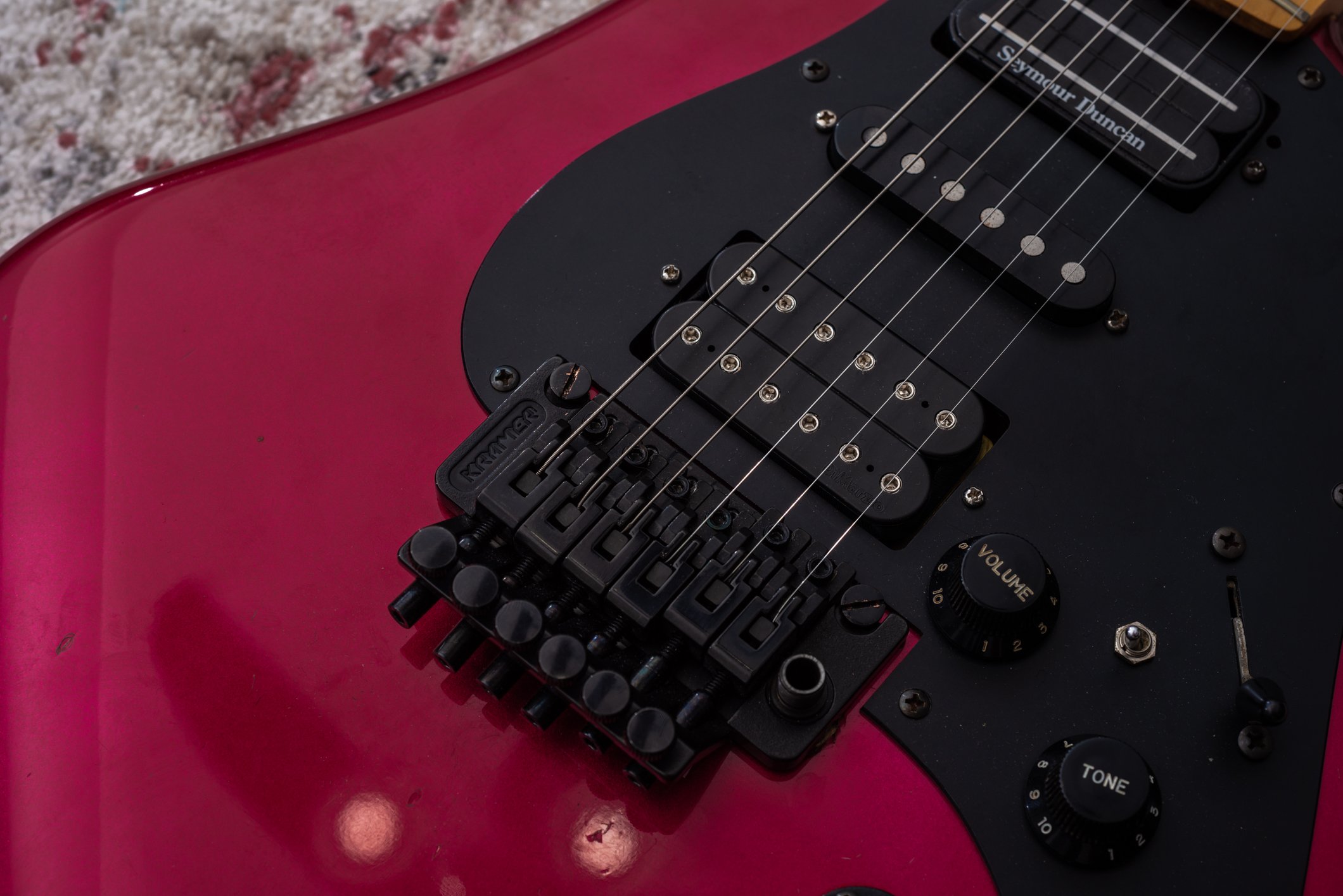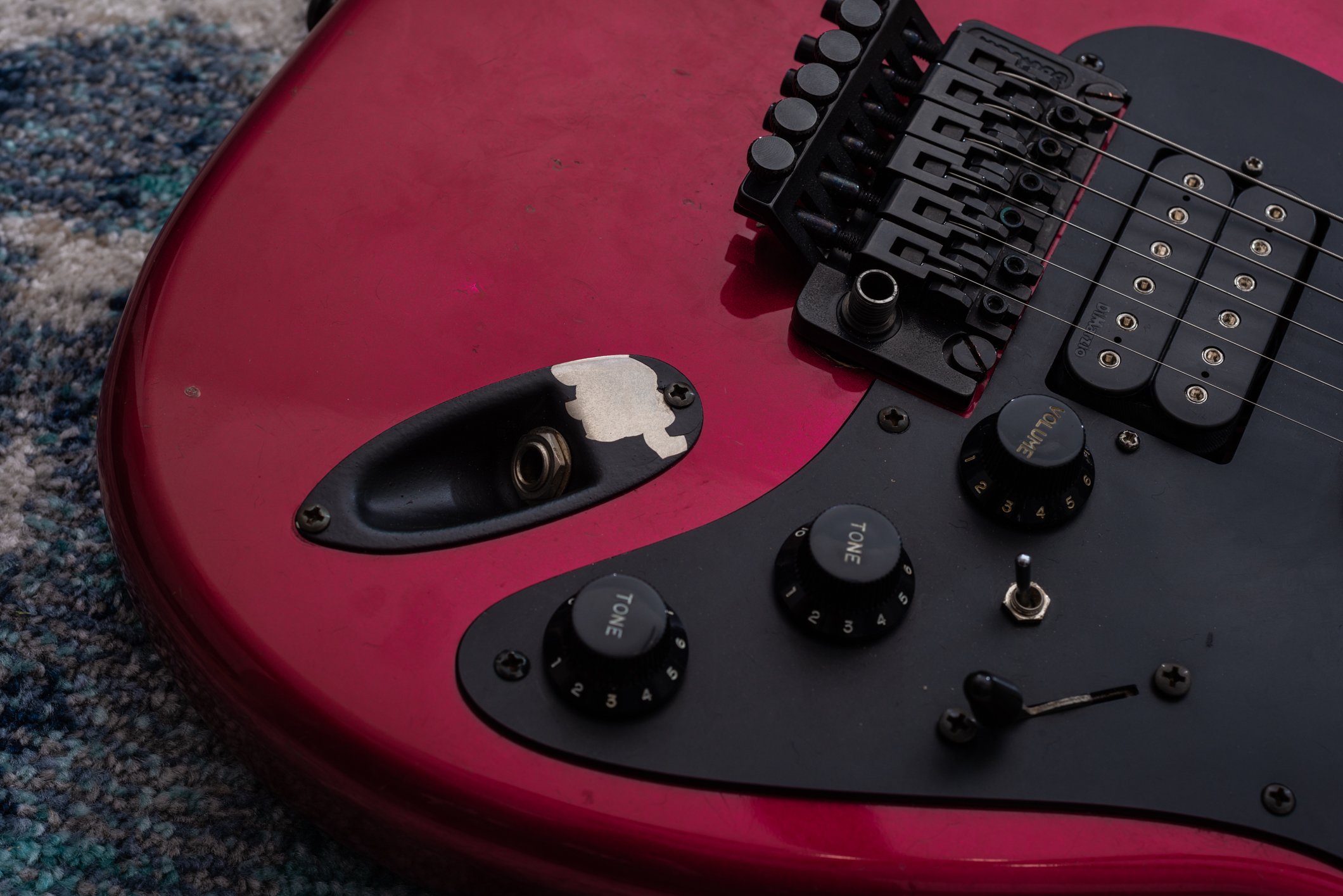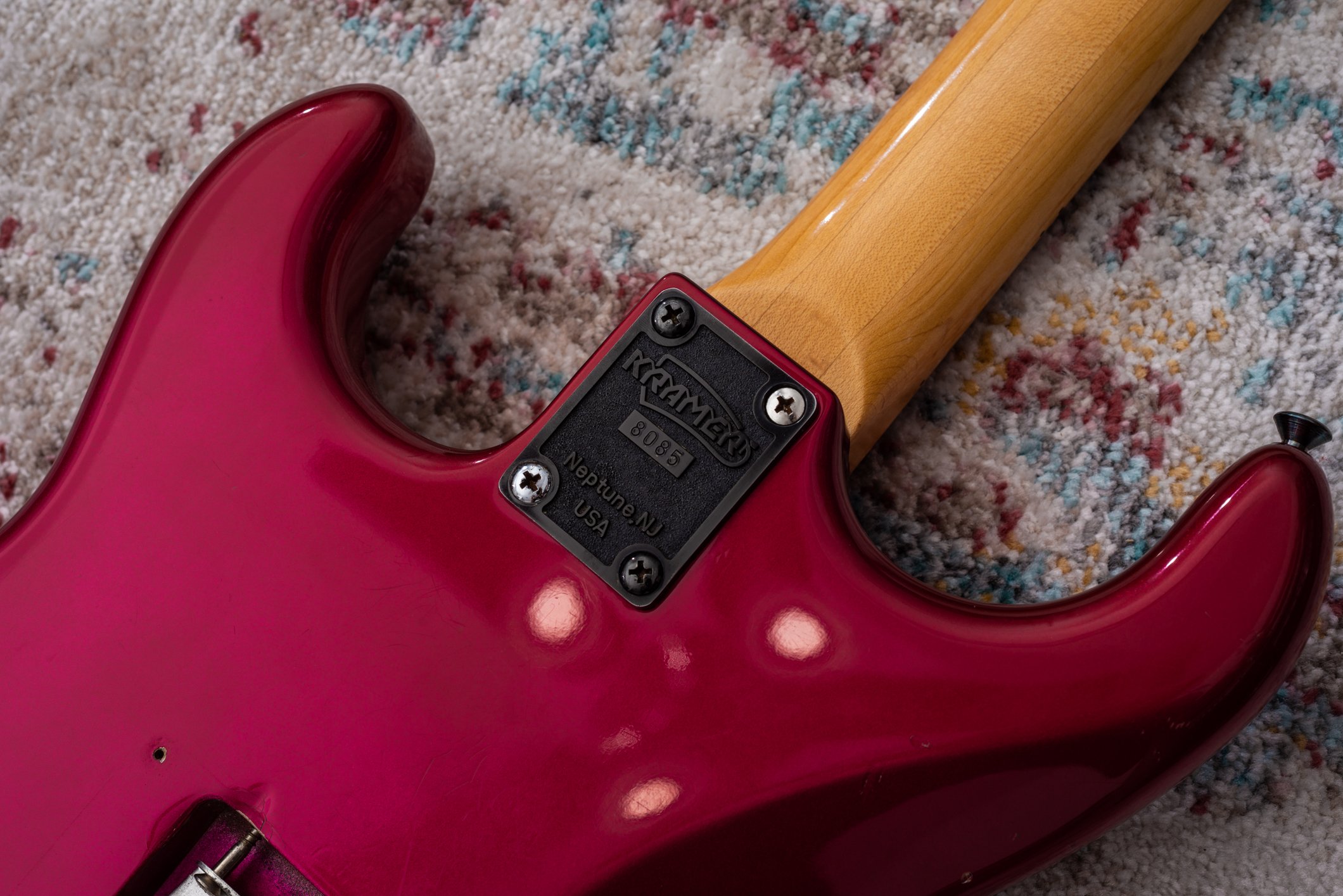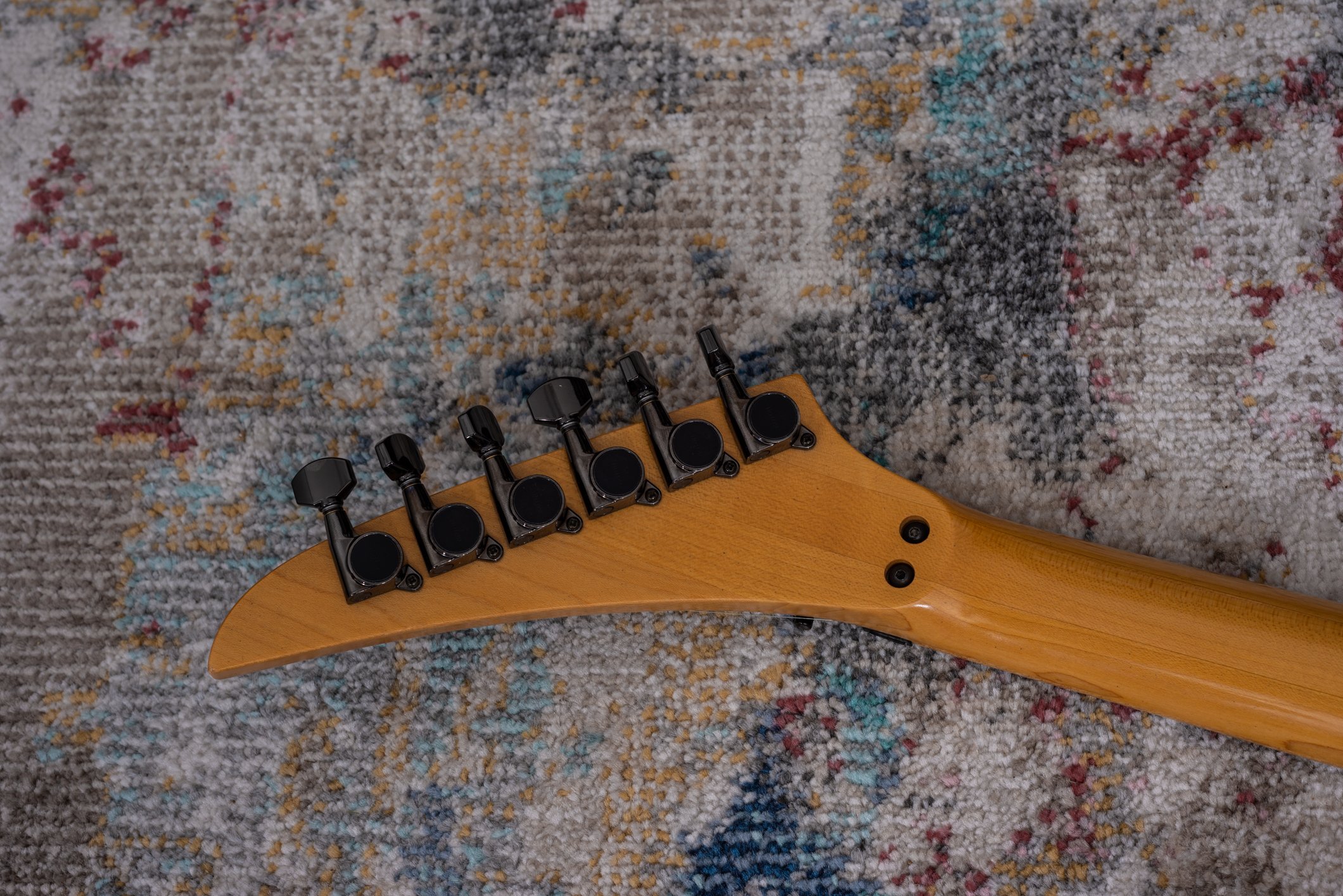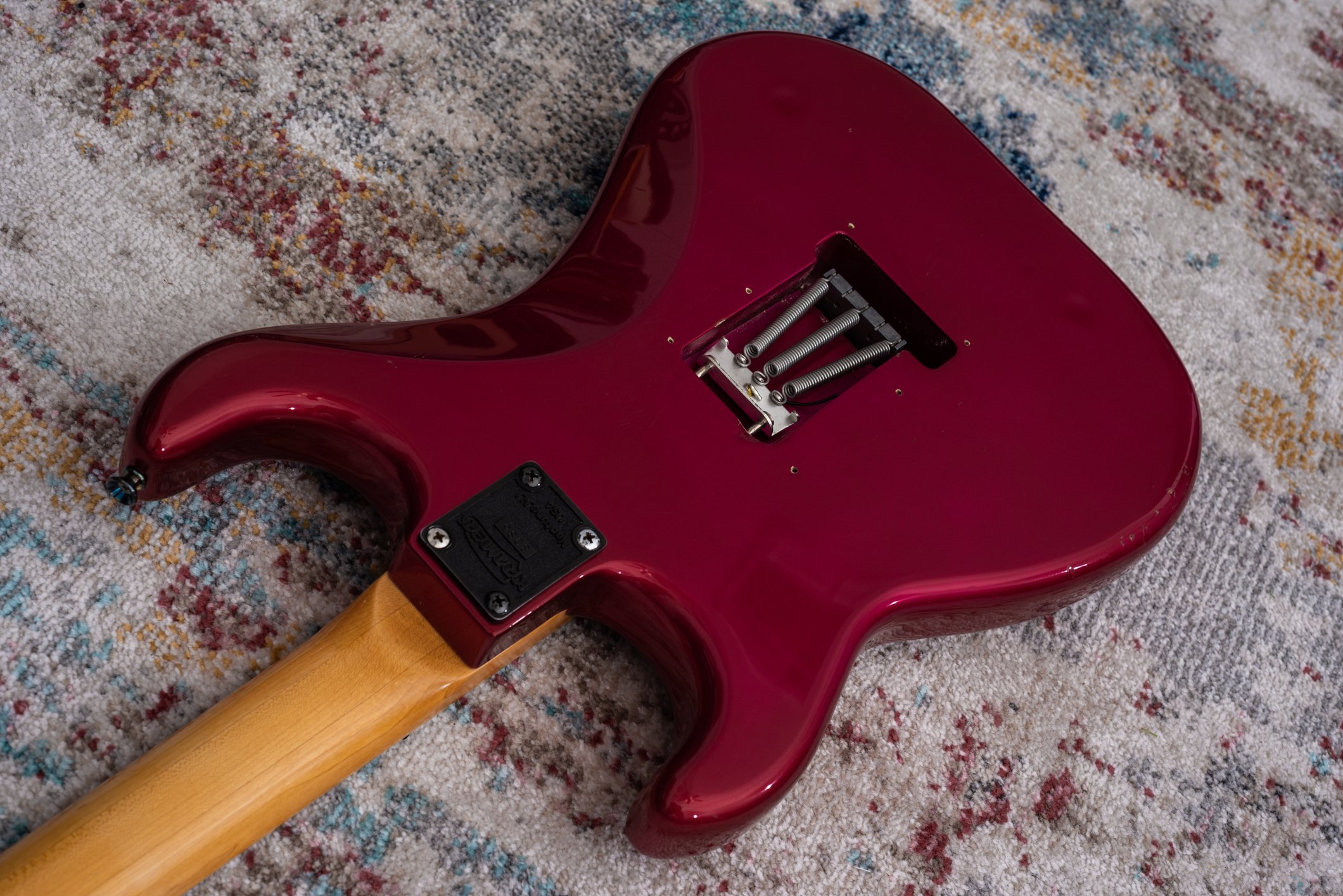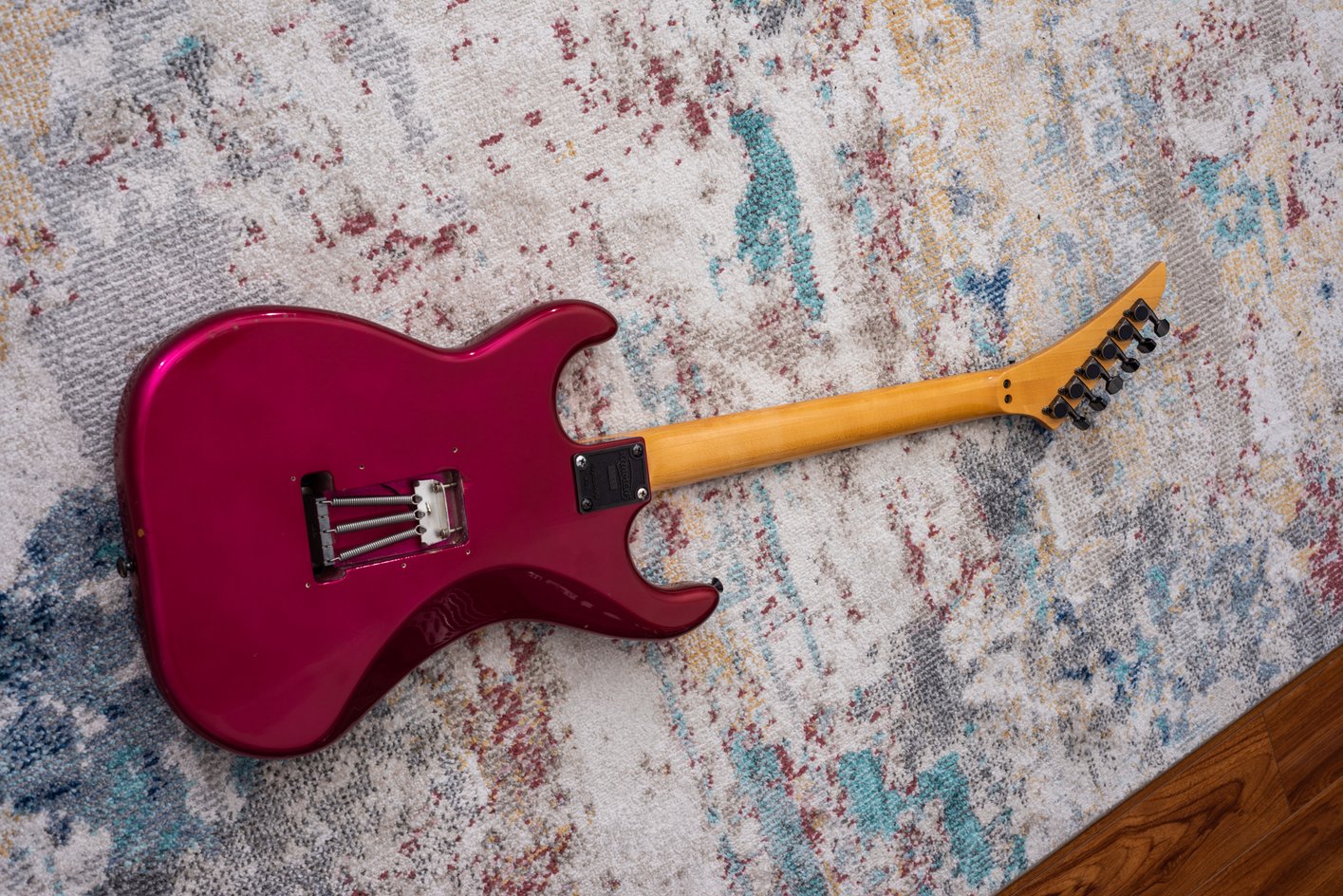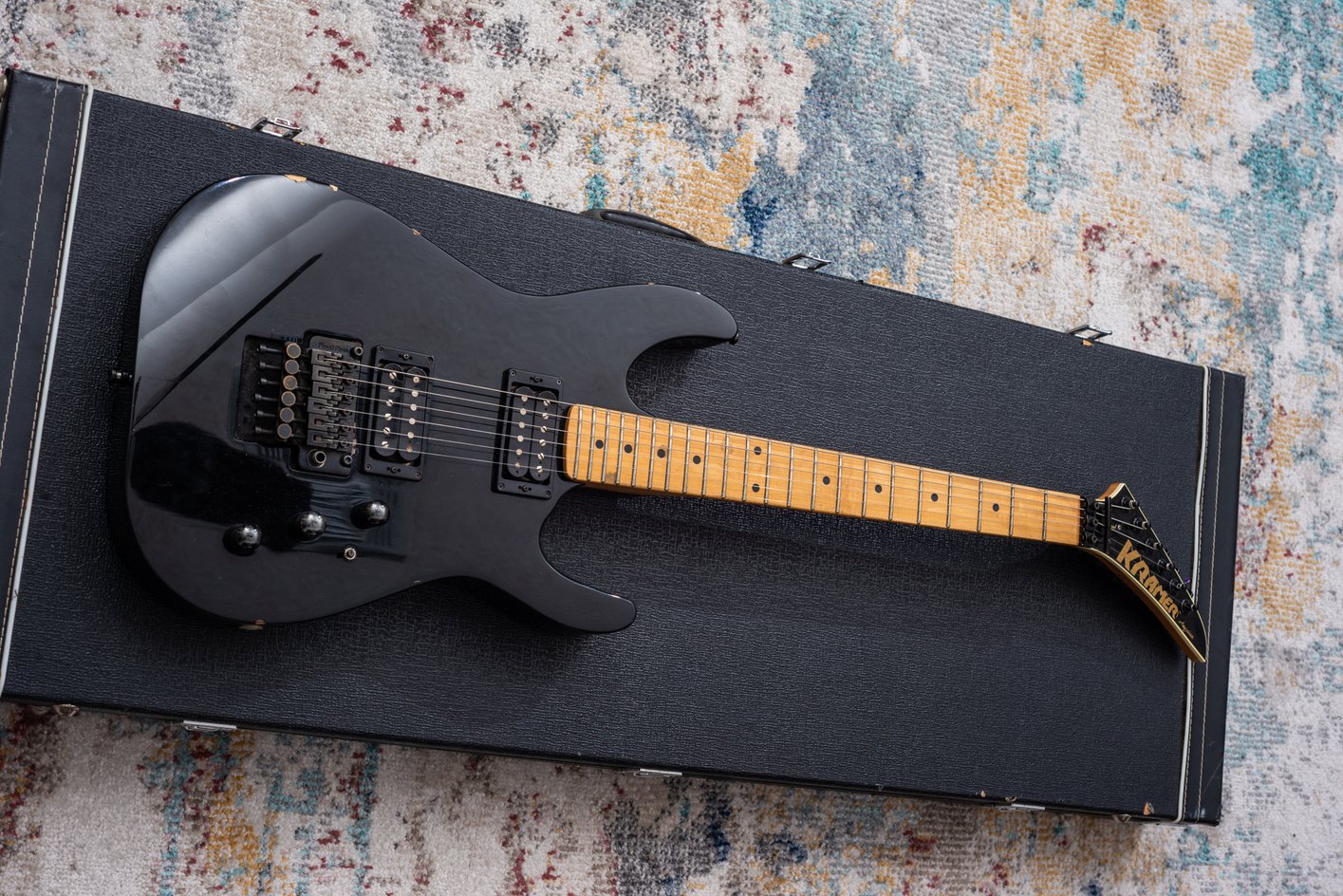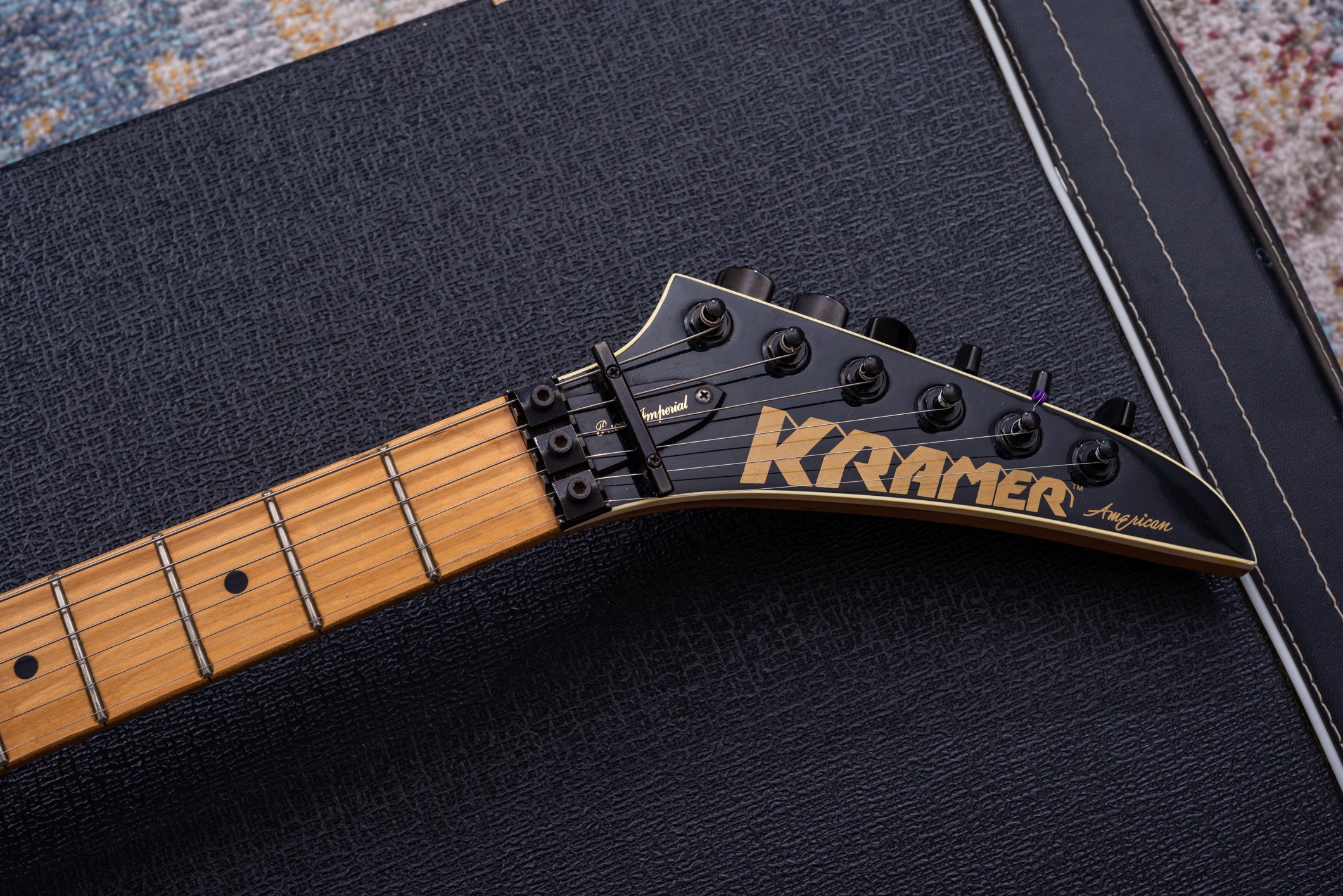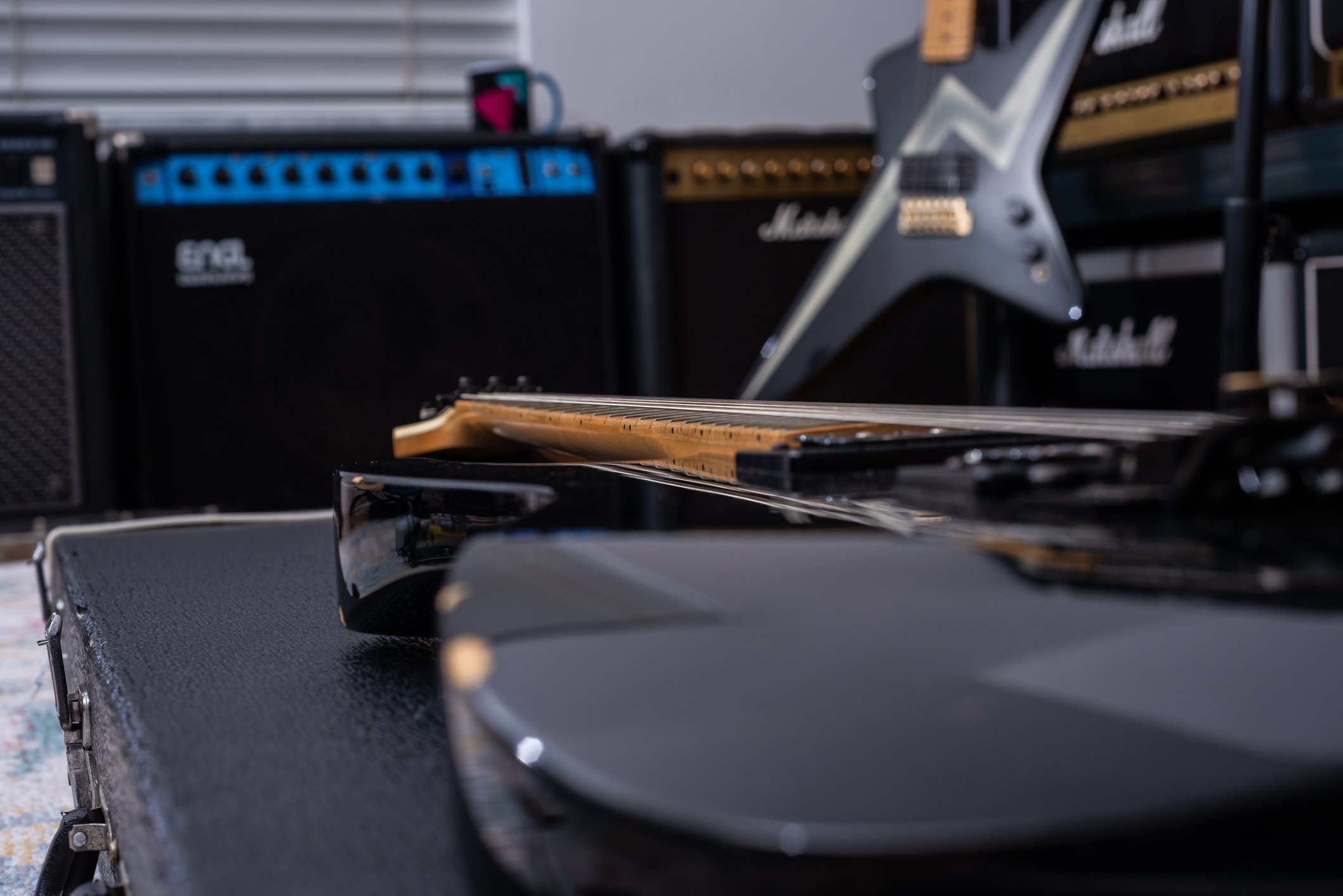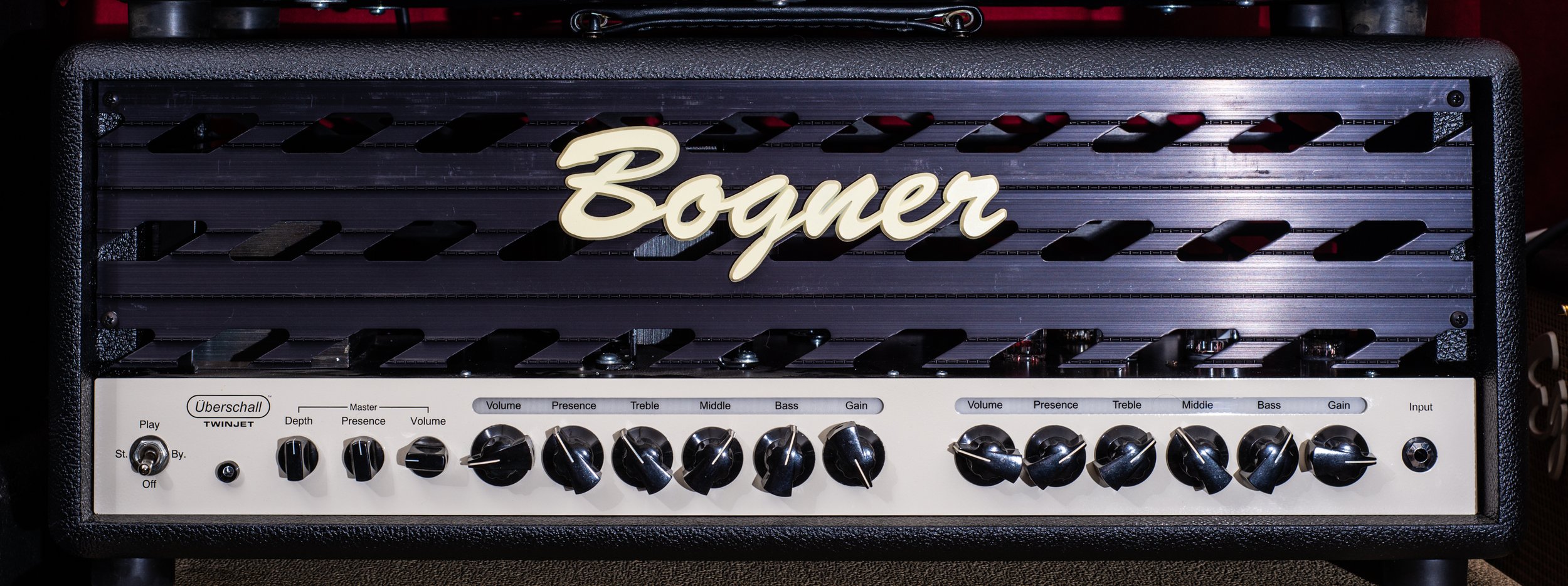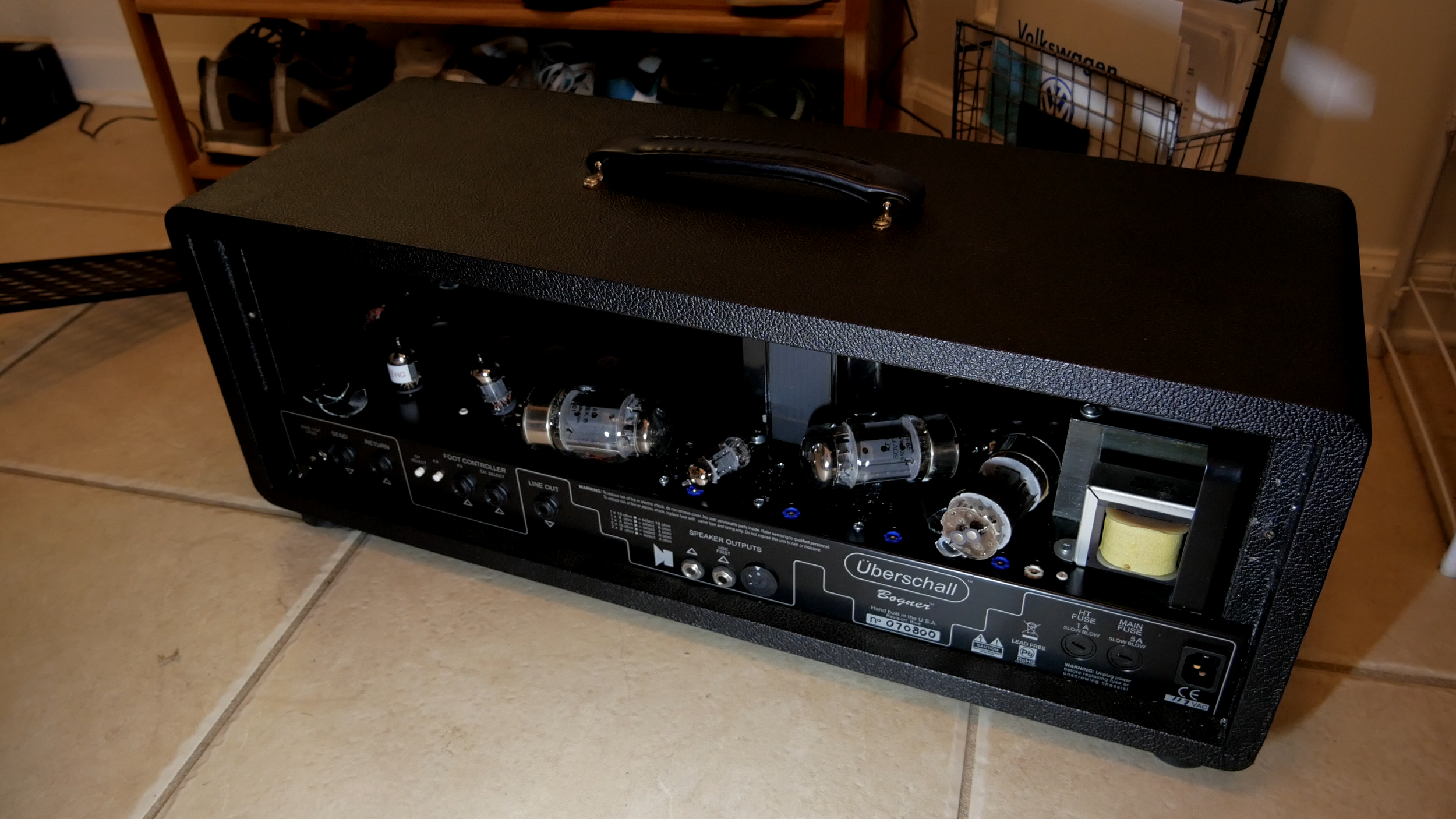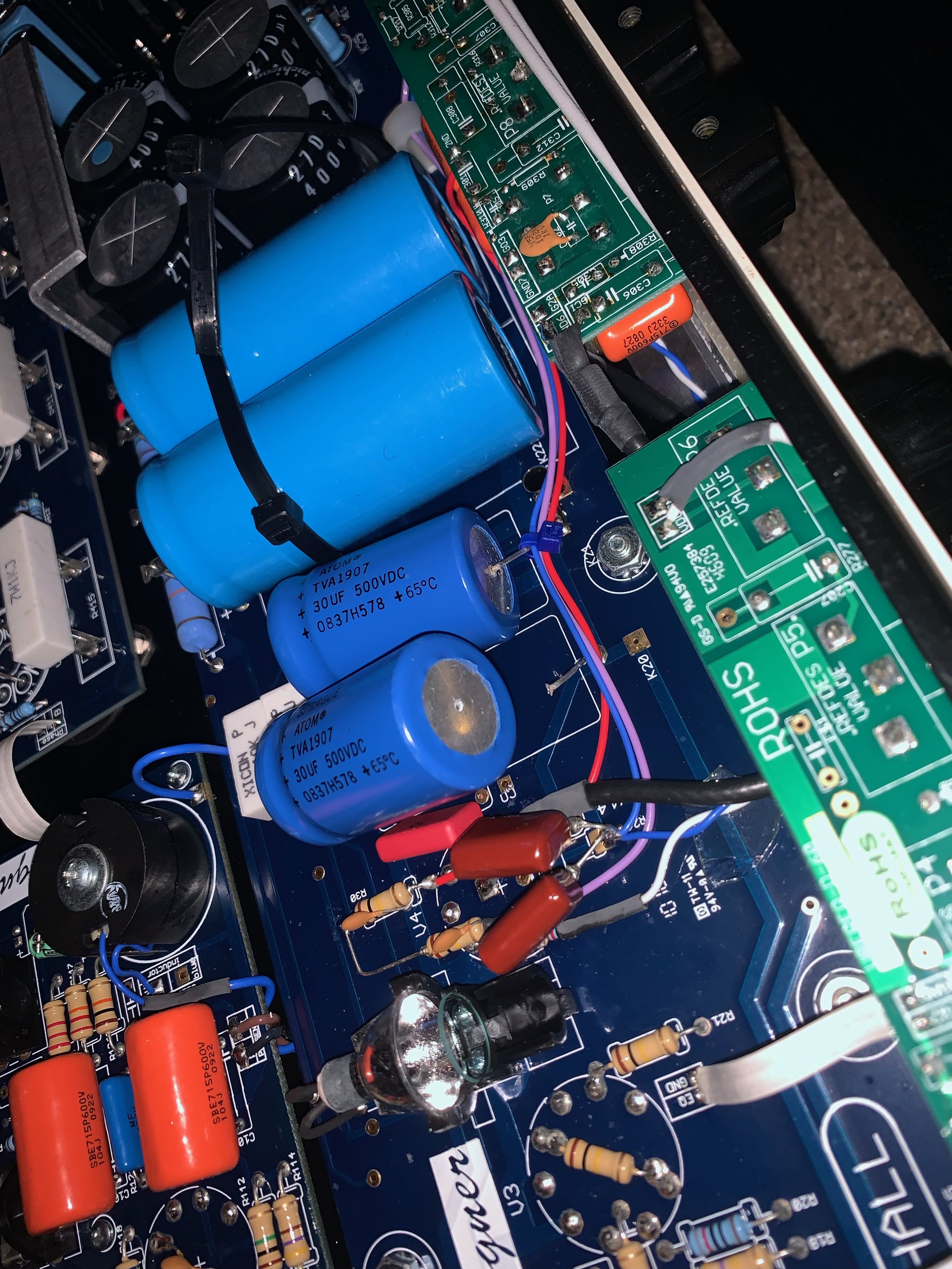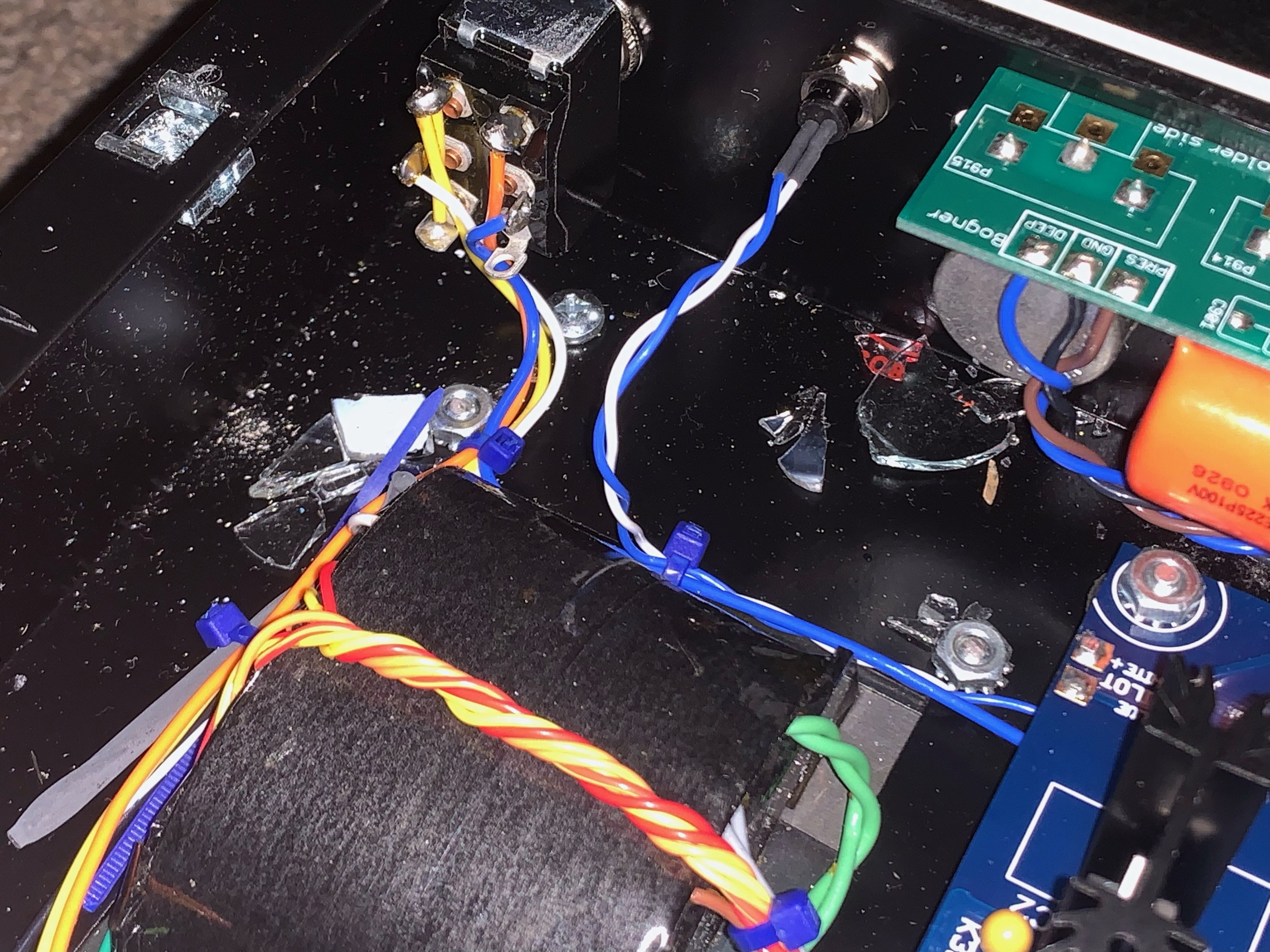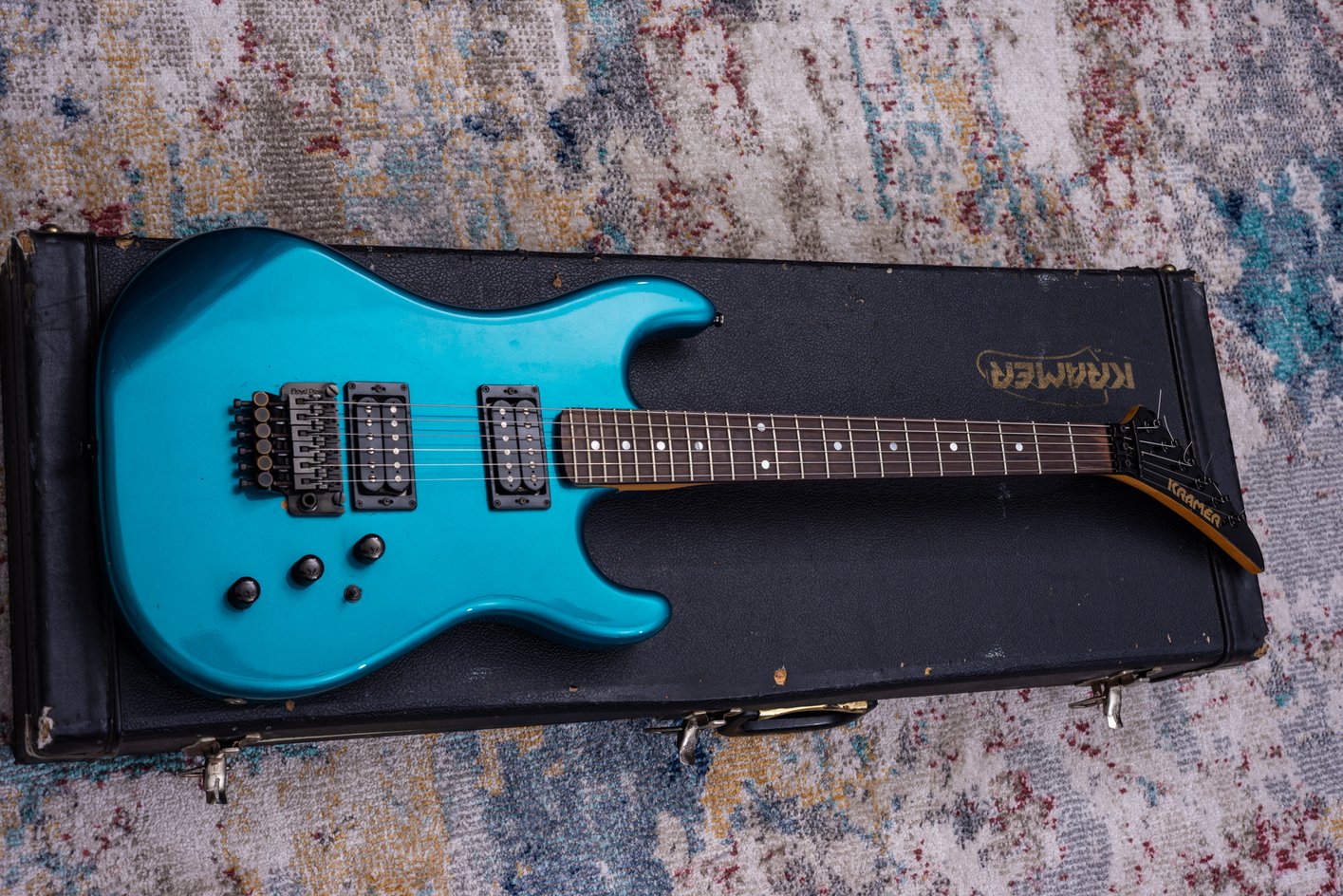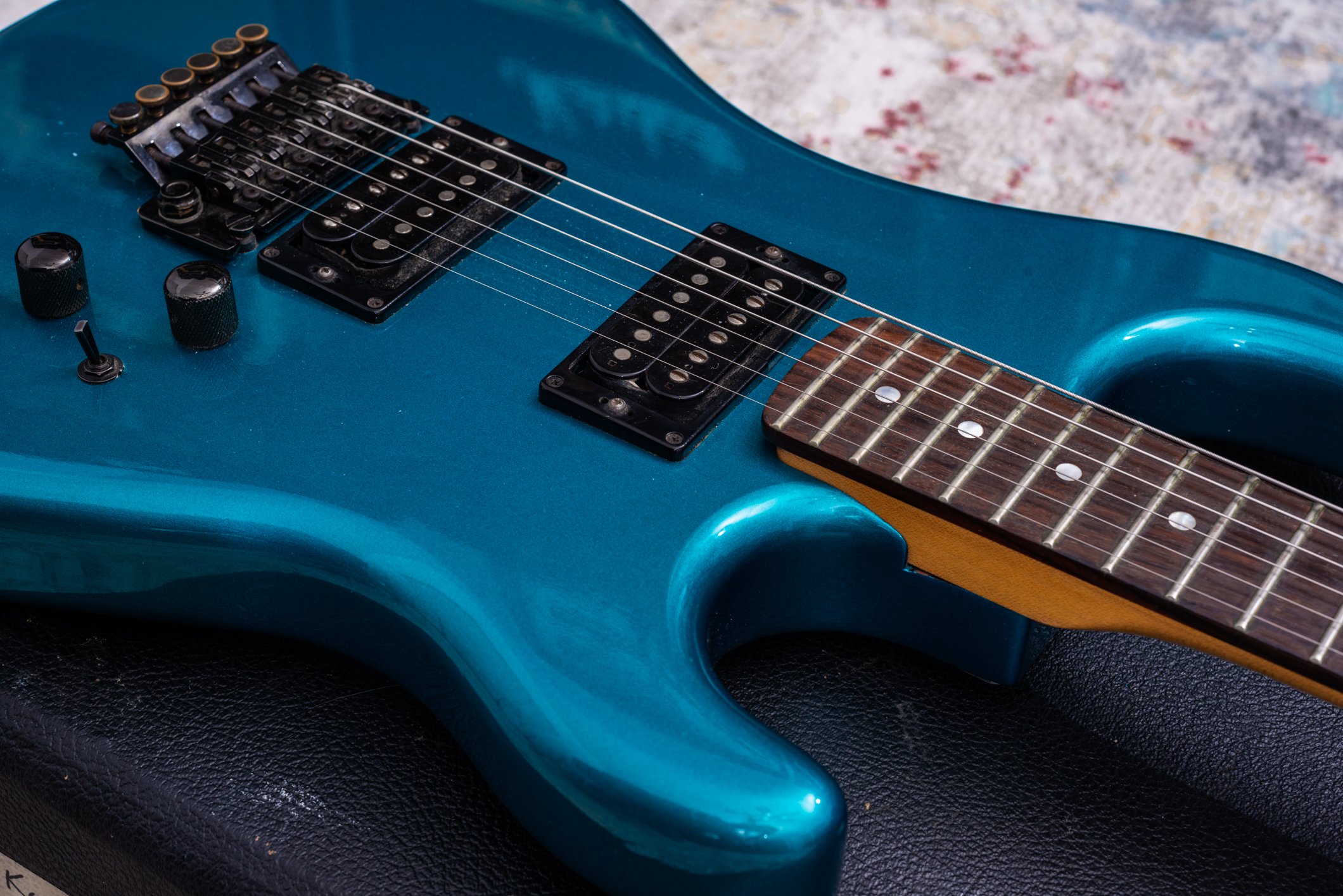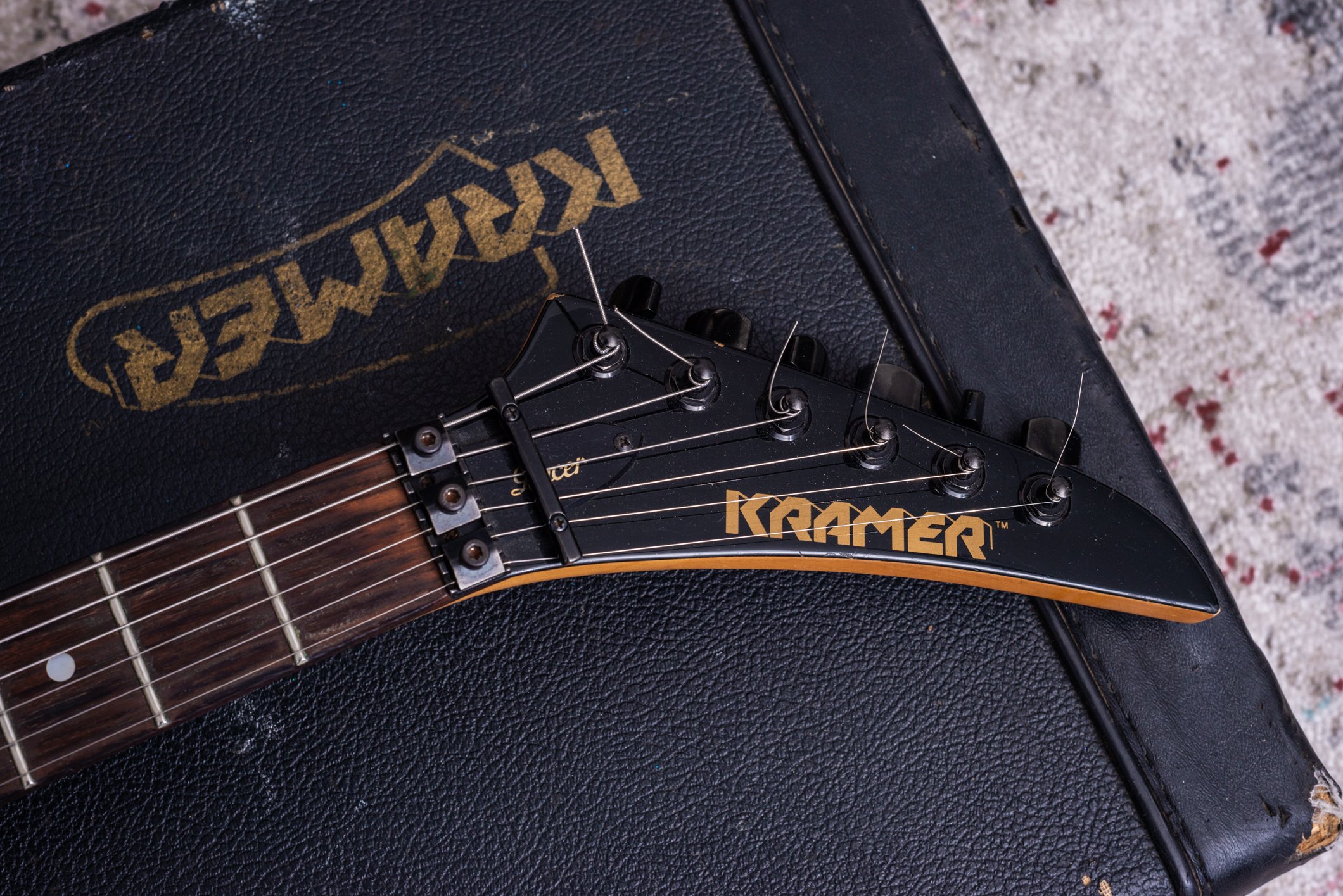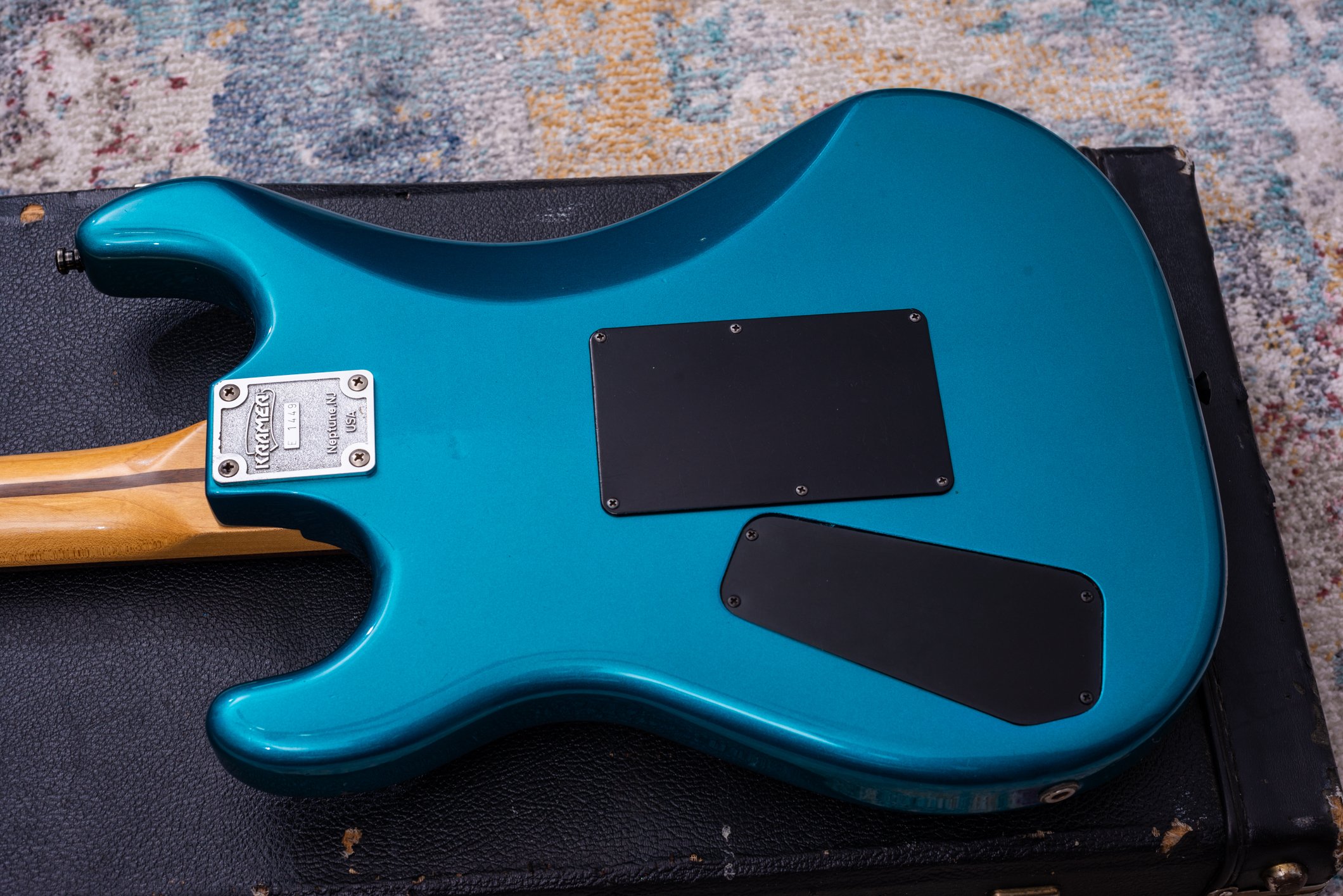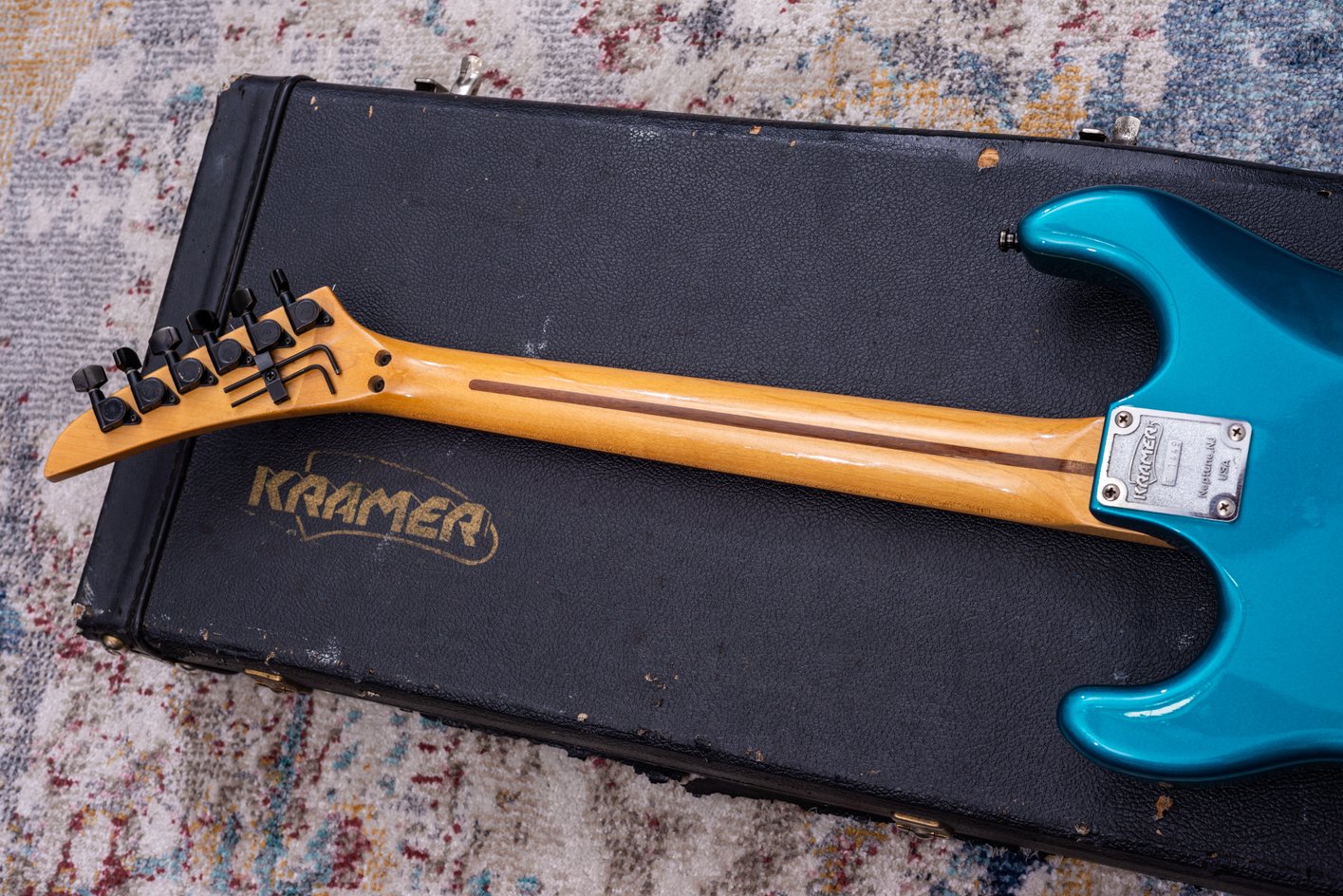This one I purchased on a bit of a whim, I had no idea what to expect from this one, and it’s kind of funny looking front control panel always put me off - it makes me think of some of the weirder 50’s era amps, and I figured the tones would be more like that, but I couldn’t resist the price.
After more research, and especially after it showed up and I played through it, I was very wrong. In 60s mode, it’s a Marshall type tone on the drive channel with a wonderful blend control for adding more brightness and trebly character. This channel can also switch to an 80s mode, which introduces more gain, although I found this mode to be a little bit underwhelming in comparison to some of my other modded Marshall type amps, but it’s still extremely usable if you need a bit more gain out of this channel.
The real highlight for me though, this has to be the absolute best clean channel I have ever played through, so far, on any amp. It sounds truly fantastic, very elastic, while staying full sounding and not too bassy. Even better, there are two bright switches, which can be flipped in different combinations to alter the tone even further and of course, add more snap.
There is also a spring reverb which sound fantastic, with a nice tail without getting too many reflections even on the gain channel, and that adds to it even more.
And last feature, there is also an adjustable boost feature, the amount of which can be set from a small knob on the rear panel. This boost can be turned on for either channel, and it adds a lot of flexibility - it’s a clean type boost, which can add a little bit more gain if you have the channel gains turned up, but not too much, and it’s not a huge volume spike either. Really well thought out and useful boost that adds some texture and cut to the tone without influencing it too much.
The only issue with this amp is that the footswitch has been inconsistent, at least on my example, and when I first plugged it in, caused the lights all over the amp to flicker and freak out. When the cable of the switch is twisted at the exact right angle, all works as intended - a very unique 5-button switch for an amp with only 2 channels, if that says something about the features of this amp. The footswitch also screws in to the back panel to secure it, very interesting idea, but the same screw in connector at the switch itself seems to be the downfall of this one, likely it got pulled, dropped, or perhaps even damaged in shipping (since the box came missing a huge chunk out of the side with the corner of the amp poking out… no bubble wrap… come on GC!). Still, it’s a keeper, even if just for that clean channel alone. I’d love to hear the ‘77 mode on the new GF45SL, especially since I didn’t love the 80s mode on this one, that might be just what it’s missing.

